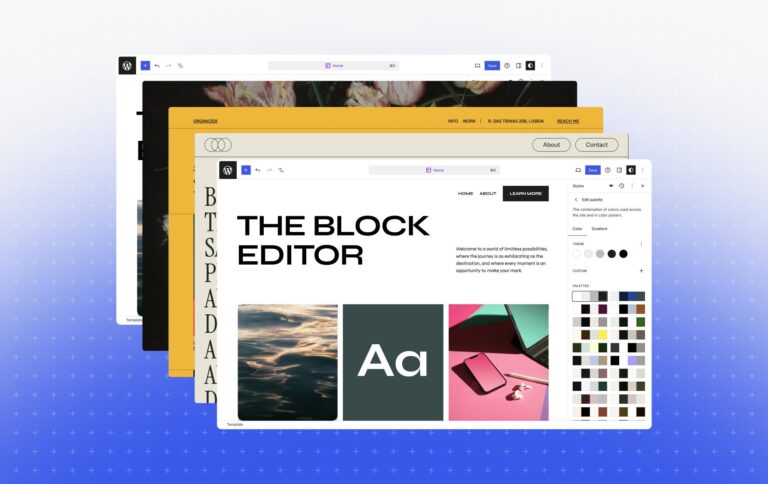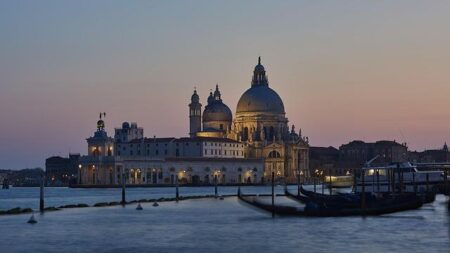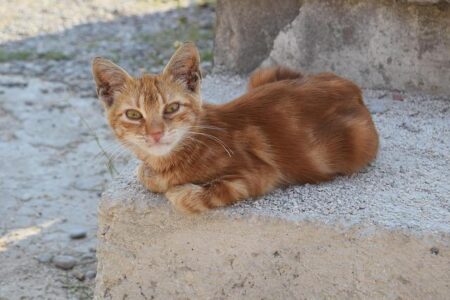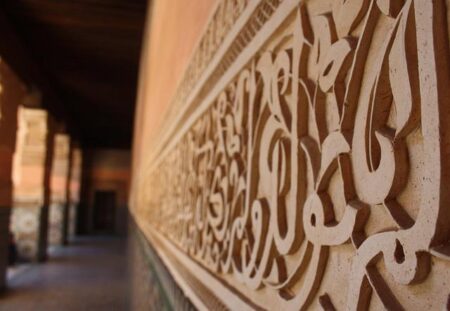In a striking display of style that has captivated social media users across the globe, Botswana’s President Duma Boko donned a military-inspired look during a recent public appearance, sparking a wave of admiration and commentary online. Dubbed the ŌĆ£Traor├® EffectŌĆØ by netizens, the PresidentŌĆÖs attire resonated particularly well against the backdrop of Africa’s evolving leadership aesthetics. As the continent continues to grapple with public perceptions of authority and nationalism, Boko’s fashion statement has ignited discussions about the intersection of politics, identity, and personal branding in contemporary African governance. This phenomenon not only highlights the powerful influence of visual representation in politics but also reflects the broader cultural movements shaping the narrative of African leadership today.
Botswana’s Presidential Military Aesthetic Sparks Digital Debate on Leadership Image
The recent viral image of Botswana’s President Duma Boko sporting a military-inspired outfit has ignited a firestorm of discussion on social media. Many netizens have dubbed this phenomenon the ŌĆ£Traor├® Effect,ŌĆØ referring to its similarity to other leaders who have adopted militaristic aesthetics to project power and authority. This notable shift is seen by some as an effort to align the president with strength and resilience in governance, while critics argue it could represent an erosion of democratic ideals. The image has led to widespread debate boiling down to whether such sartorial choices truly enhance a leader’s credibility or merely serve as a superficial display of strength.
Supporters of President Boko’s look have highlighted the potential positive impacts of reinforcing a strong national image. They argue that a commanding appearance can be pivotal during times of uncertainty, rallying public trust and confidence. On the other hand, detractors suggest that militaristic imagery may evoke fears of authoritarianism and might overshadow critical leadership attributes like transparency and collaboration. This polarizing discussion signals a deeper inquiry into how visual representation shapes perceptions of leadership in contemporary governance, driving both admiration and skepticism among citizens.
Examining the Cultural Impact: The Traor├® Effect and Its Reflection on African Leadership
In recent weeks, the visual transformation of BotswanaŌĆÖs President Duma Boko has sparked widespread discussion across social media platforms. His military-inspired look, which reflects a blend of authority and modernity, is being hailed as a significant moment in African leadership. This phenomenon, dubbed the “Traor├® Effect,” resonates deeply with the ongoing conversations about leadership styles in Africa, as it symbolizes a deviation from traditional political aesthetics toward a more contemporary and relatable persona. The influence of such imagery is pivotal, creating a new narrative around African leaders that emphasizes strength, accessibility, and modernity, showcasing how visual representation can shift public perception.
The emergence of this effect highlights several noteworthy aspects of leadership in the context of contemporary African politics:
- Authenticity: Leaders adopting relatable styles can demystify power and make their personas more approachable.
- Social Media Influence: The rapid dissemination of images through platforms like Twitter and Instagram amplifies these shifts, reaching a wide audience instantaneously.
- Cultural Resonance: Military aesthetics can evoke feelings of security and resilience among citizens, working to build a stronger national identity.
As the dialogue around the Traor├® Effect continues to gain traction, it reveals the potential for strengthened connections between leaders and their constituencies, shaping a new landscape for African governance that is as dynamic as the continent itself.
Navigating the Online Reaction: Recommendations for Political Image Management in the Digital Age
Duma BokoŌĆÖs recent military-inspired appearance has sparked a flurry of online reactions, igniting discussions that highlight the intricate relationship between political image and social media influence. In an era where a single photograph can dominate discourse, it is crucial for public figures to strategically manage their images to align with public sentiment. Here are some recommendations for navigating this digital landscape:
- Leverage Visual Storytelling: Utilize compelling imagery and narratives that resonate with the electorate, making sure to highlight authenticity and relatability.
- Engage with Your Audience: Foster conversations by responding to comments and questions, demonstrating approachability and transparency.
- Monitor Online Reactions: Keep a close eye on how the public perceives images and statements to make informed adjustments to communication strategies.
- Consistency is Key: Ensure a cohesive image across all platforms to build trust and recognition among constituents.
To illustrate the impact of the “Traor├® Effect”, consider the following comparative analysis of political image management in recent times:
| Leader | Image Style | Public Reaction |
|---|---|---|
| Duma Boko | Military Look | Mixed: Viral but polarizing |
| Assimi Goïta | Combat Uniforms | Positive: Viewed as strong leadership |
| Emmanuel Macron | Formal Attire | Neutral: Consistency in brand |
Future Outlook
In conclusion, the viral sensation surrounding Botswana’s President Duma Boko and his striking military-inspired look has sparked a lively debate among social media users, coining the term “Traor├® Effect.” As citizens express their admiration and critique alike, this phenomenon highlights not only the power of visual representation in leadership but also the evolving dynamics of political communication in the age of digital media. As President Boko continues to navigate the challenges of his administration, his unexpected style choice may serve as a touchstone for discussions on identity, authority, and youth engagement in Botswana’s political landscape. As the conversation surrounding this cultural moment unfolds, it remains to be seen how it will influence perceptions of leadership and governance in the region. For now, the eyes of the world remain focused on Botswana as it embraces this unprecedented intersection of fashion and politics.







